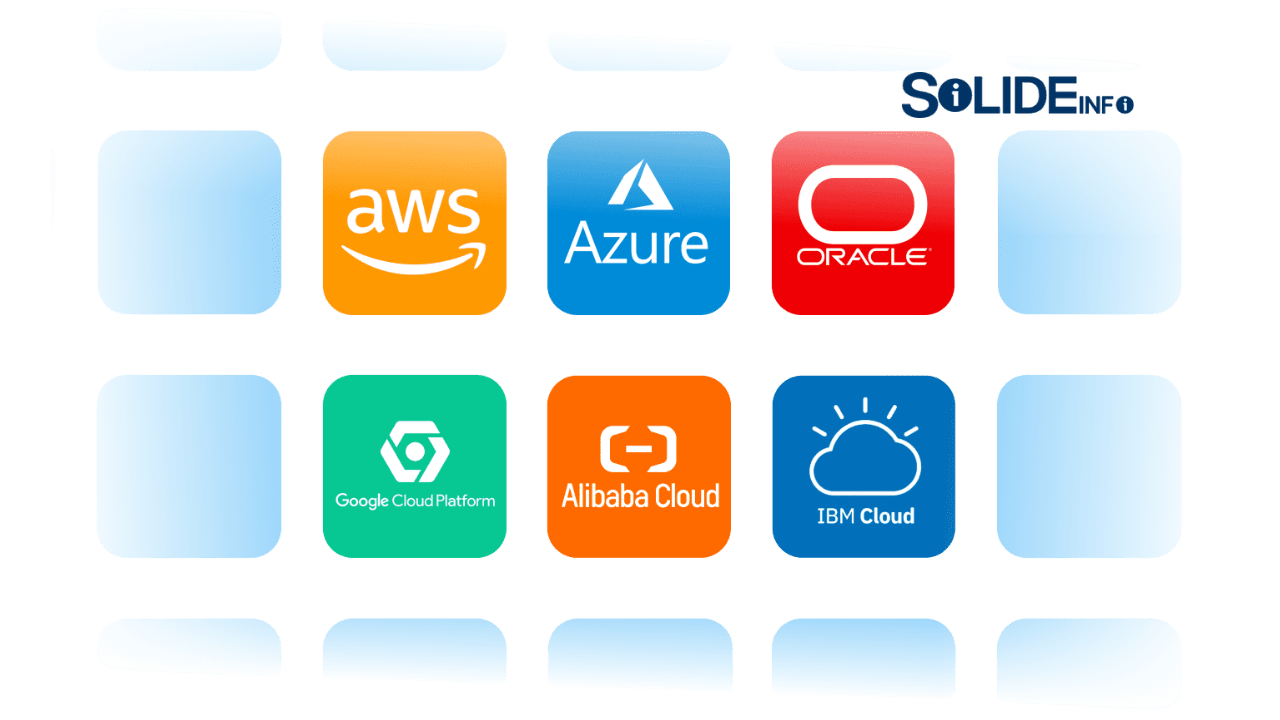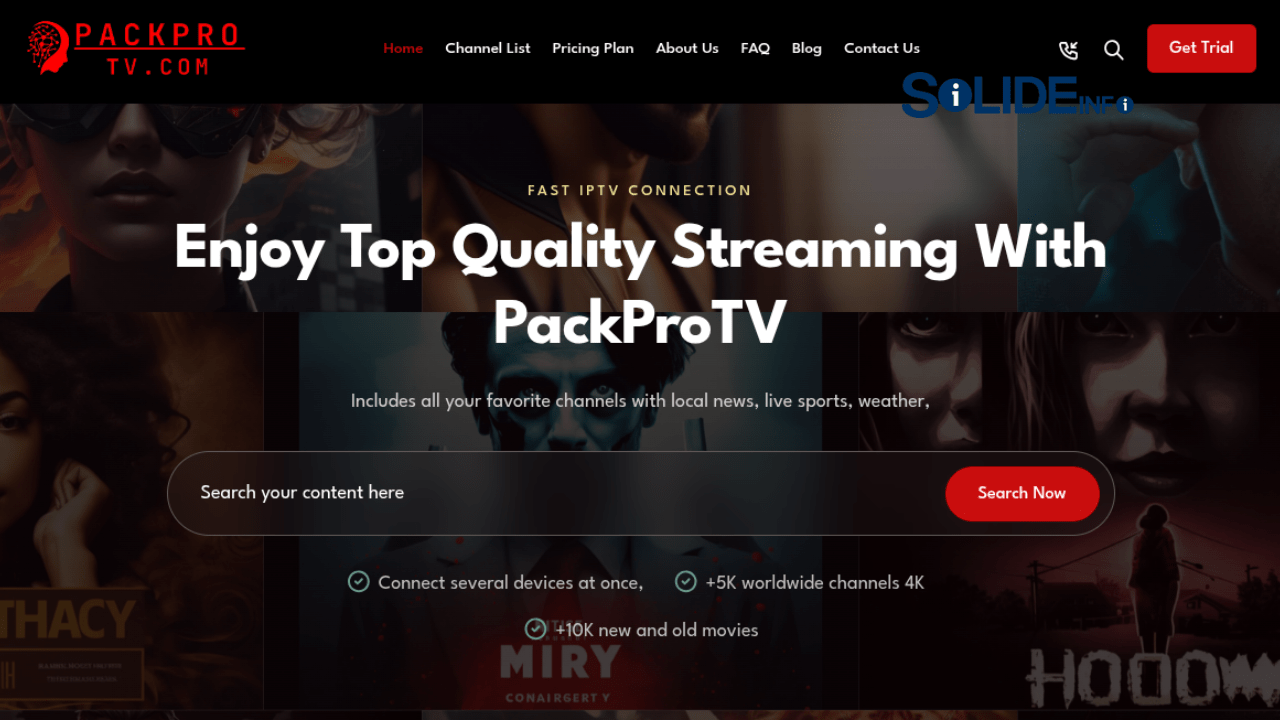Top IaaS Providers with Special Features in 2025: A Comprehensive Guide

Navigating the world of cloud computing can be daunting, especially when choosing an Infrastructure as a Service (IaaS) provider that aligns with your business needs. In 2025, IaaS providers are pushing boundaries with innovative features like AI integration, hybrid cloud solutions, and advanced cybersecurity measures. This guide explores the top 10 IaaS providers, highlighting their unique features to help you make an informed decision. Whether you’re a startup scaling up or an enterprise optimizing cloud security, we’ve got you covered.
What is IaaS and Why Does It Matter?
Infrastructure as a Service (IaaS) provides virtualized computing resources over the internet, allowing businesses to rent servers, storage, and networking without investing in physical hardware. This model offers scalability, cost-efficiency, and flexibility, making it ideal for businesses of all sizes. In 2025, IaaS is critical for supporting smart technology applications, from IoT to AI-driven analytics. According to Gartner, the IaaS market grew 22.5% in 2024, with top providers dominating 82.1% of the market share.
Here’s a visual representation of how IaaS works:
IaaS providers offer unique features like AI integration, serverless architecture, and edge computing, which we’ll explore below. For more on cloud models, read our IaaS vs. PaaS vs. SaaS guide.
Why Special Features Matter in IaaS
In a competitive market, IaaS providers differentiate themselves through specialized features tailored to specific needs. These include advanced cybersecurity protocols, hybrid cloud capabilities, and AI-driven automation. For instance, businesses leveraging smart technology benefit from providers offering edge computing for low-latency IoT applications. Choosing the right provider ensures your infrastructure supports innovation while maintaining cloud security. Let’s dive into the top 10 providers and their standout features.
Top 10 IaaS Providers for 2025
Below, we’ve curated the top 10 IaaS providers for 2025, each offering unique features to enhance your cloud experience. Click on any provider to expand details.
Amazon Web Services
Pricing: Pay-as-you-go
Special Feature: 400 Gbps Networking
Microsoft Azure
Pricing: Pay-as-you-go
Special Feature: Hybrid Cloud Integration
Google Cloud
Pricing: Pay-as-you-go
Special Feature: AI and Big Data Analytics
1. Amazon Web Services (AWS)
The market leader with unmatched reliability and cloud security features.
Special Feature: 400 Gbps Ethernet networking for high-speed performance.
Features: Over 200 services, including EC2 for compute, S3 for storage, and advanced AI tools.
Pros: Global infrastructure, scalable, robust security.
Cons: Complex pricing, steep learning curve.
Security: Advanced encryption and compliance with GDPR, HIPAA. Learn more in our cloud security guide.

2. Microsoft Azure
Excels in hybrid cloud solutions and Microsoft ecosystem integration.
Special Feature: Seamless hybrid cloud integration with Azure Arc.
Features: Virtual machines, SQL Server support, extensive cybersecurity measures.
Pros: Strong Microsoft integration, scalable, secure.
Cons: Complex interface, higher costs at scale.
Security: Thousands of cybersecurity experts monitor threats. See our secure cloud guide.

3. Google Cloud Platform (GCP)
Leads in AI and big data analytics.
Special Feature: Advanced AI and machine learning with BigQuery.
Features: Compute Engine, live migration, confidential VMs with encryption.
Pros: High performance, cost-effective, strong AI tools.
Cons: Steep learning curve, fewer services than AWS.
Security: Data encryption during processing. Read our cloud security tips.

4. Kamatera
Enterprise-grade cloud with global data centers.
Special Feature: 30-day free trial with customizable servers.
Features: Cloud servers, firewalls, load balancers, 24/7 support.
Pros: Flexible pricing, global reach, high-speed SSDs.
Cons: Mixed user reviews, complex setup for beginners.
Security: 24/7 surveillance, redundant power systems. Explore cloud security.

5. DigitalOcean
Developer-friendly with a focus on simplicity.
Special Feature: Pre-configured application templates for quick deployment.
Features: Droplets (VMs), managed Kubernetes, developer community.
Pros: User-friendly, affordable, great for startups.
Cons: Limited advanced enterprise features.
Security: Secure APIs and SSD storage. See our cloud security guide.

6. IBM Cloud
Enterprise-focused with strong security and hybrid capabilities.
Special Feature: Bare metal servers for high-performance workloads.
Features: Kubernetes integration, SAP-certified environments, 100 Gbps networking.
Pros: High security, customizable hardware, global reach.
Cons: Higher cost, complex management.
Security: Private cloud options for sensitive data. Learn more in our cybersecurity resources.

7. Oracle Cloud Infrastructure
Optimized for database workloads and enterprise applications.
Special Feature: Autonomous database management.
Features: Low-latency networking, high-performance compute, AI tools.
Pros: Database optimization, cost-effective for Oracle users.
Cons: Limited appeal outside Oracle ecosystems.
Security: Robust compliance and encryption. Check out cloud security tips.

8. Alibaba Cloud
Leading in Asia with AI and DDoS protection.
Special Feature: Built-in DDoS protection for enhanced security.
Features: Elastic Compute Service, high elasticity, AI tools.
Pros: Strong in Asia, cost-effective, scalable.
Cons: Limited global presence, complex interface.
Security: Free DDoS protection and snapshots. Explore cybersecurity.

9. Rackspace
Flexible and scalable with managed cloud services.
Special Feature: Extensive partner ecosystem for hybrid solutions.
Features: Managed services, hybrid cloud, compliance support.
Pros: Personalized support, customizable options.
Cons: Limited self-service, enterprise-focused.
Security: Strong compliance and monitoring. See our secure cloud guide.

10. Linode
High-performance SSD servers for developers and SMBs.
Special Feature: User-friendly Cloud Manager interface.
Features: Kubernetes, GPU-optimized VMs, StackScripts for automation.
Pros: Affordable, easy to use, strong community.
Cons: Fewer enterprise features, limited global data centers.
Security: Secure APIs and 99.9% uptime. Learn more in our cloud security resources.

How to Set Up an IaaS Environment
Setting up an IaaS environment is straightforward with most providers. Below is an example using AWS EC2 to launch a virtual machine:
// Steps to launch an AWS EC2 instance
1. Sign in to the AWS Management Console.
2. Navigate to EC2 and click “Launch Instance.”
3. Choose an Amazon Machine Image (AMI), e.g., Ubuntu or Windows.
4. Select instance type (e.g., t2.micro for free tier).
5. Configure security group (allow HTTP/SSH).
6. Launch and connect via SSH or RDP.
For optimal performance, ensure your application requirements align with the provider’s offerings. For more setup tips, visit our cloud computing guides or AWS’s getting started guide.
Security Tips for IaaS
Securing your IaaS environment is critical to protect sensitive data. Here are key tips:
- Enable multi-factor authentication (MFA) for all accounts.
- Use encrypted connections (e.g., HTTPS, SSH). Read our cloud security best practices.
- Regularly update and patch virtual machines.
- Implement network firewalls and DDoS protection.
- Monitor usage with tools like Zabbix or AWS CloudWatch.
For advanced security strategies, explore our cybersecurity resources or CISecurity’s cloud security guidelines.
Frequently Asked Questions
Conclusion
Choosing the right IaaS provider in 2025 can transform your business, offering scalability, cybersecurity, and innovative features like AI and hybrid cloud solutions. From AWS’s high-speed networking to DigitalOcean’s developer-friendly platform, there’s a provider for every need. Explore these options to find the perfect fit for your cloud computing strategy.
For more cloud insights, visit SolideInfo.com or check out TechRadar’s IaaS reviews.



